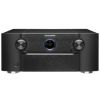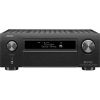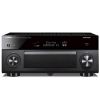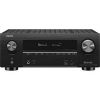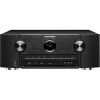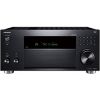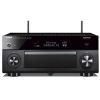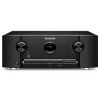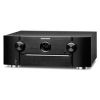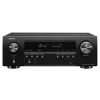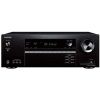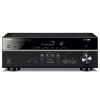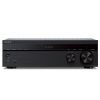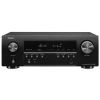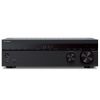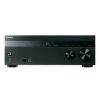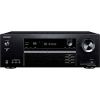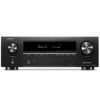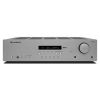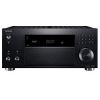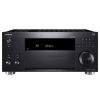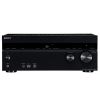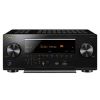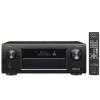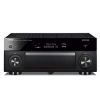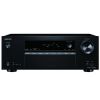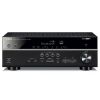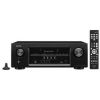| Overall | Amplifier | Audio features | Connectivity | Streaming services | Extensive connection | Multi-room | Additional features | Video features | Multichannel surround | |||
|---|---|---|---|---|---|---|---|---|---|---|---|---|
| Denon AVR-X6700H | 9.8 | 10 | 9 | 10 | 10 | 10 | 10 | 10 | 10 | 10 | See price | 263 |
| Marantz SR8015 | 9.8 | 10 | 9 | 10 | 10 | 10 | 10 | 10 | 10 | 10 | See price | 270 |
| Denon AVR-X8500HA | 9.8 | 10 | 10 | 10 | 10 | 10 | 10 | 10 | 9 | 10 | See price | 301 |
| Denon AVR-X4700H | 9.6 | 9 | 9 | 10 | 10 | 10 | 10 | 10 | 10 | 9 | See price | 264 |
| Denon AVR-X8500HSP | 9.6 | 10 | 10 | 9 | 10 | 10 | 10 | 10 | 9 | 9 | See price | 139 |
| Denon AVR-X4400H | 9.6 | 10 | 10 | 9 | 10 | 10 | 10 | 10 | 9 | 9 | See price | 135 |
| Marantz SR7015 | 9.6 | 9 | 9 | 10 | 10 | 10 | 9 | 10 | 10 | 10 | See price | 271 |
| Marantz SR8012 | 9.5 | 10 | 10 | 8 | 9 | 10 | 10 | 10 | 9 | 10 | See price | 106 |
| Marantz SR7013 | 9.5 | 10 | 10 | 8 | 9 | 10 | 9 | 10 | 10 | 10 | See price | 229 |
| Denon AVR-X8500H | 9.5 | 10 | 10 | 8 | 9 | 10 | 10 | 10 | 9 | 10 | See price | 97 |
The term 4K appeared at the end of the 90s of the last century when a digital video format began to be used in film distribution. It applies to all standards of the digital video sequence, in which the number of pixels on the screen horizontally is approximately 4000. That is, 4k is 4000, where “k” is an abbreviation for “kilo” (thousand).
Many buyers, reading the specifications and descriptions of the latest models of receivers and processors, come across references to transmitting a 4K (UHD, Ultra HD) signal. However, as a rule, only one of several ports supports the HDCP 2.2 copy protection system.
Does this mean that such protection is not needed to transmit a 4K signal? Doesn't 4K require HDMI 2.0 and HDCP 2.2.? And does this mean that not all HDMI inputs support a native (real) UHD signal?
In this matter, not only people not directly related to the audio and video industry are often confused but also some experts. Let's try to clarify this topic.
The term “transmitting 4K signal” means that the receiver/processor is capable of receiving a 4K signal from the image source and transmitting it to a compatible 4K display. To pass the copy-protected 4K video signal, which will include all commercial 4K / UHD content for home viewing, the HDMI output of the signal source must be connected to the receiver/processor input that supports HDCP 2.2 digital copy protection. The output of the HDMI receiver/processor is connected to the display (TV, monitor, video projector), which is also required to support the HDCP 2.2 protocol. In the above example, where the receiver has only one HDMI input with HDCP 2.2, only it will pass the native 4K / UHD signal from the UHD player or UHD streaming device.
These are functions the best 4k receiver should have:
- The most important thing is to support 4K signal pass-through (by itself and HDMI signal pass-through) is desirable in standby mode
- At least one HDMI input must support HDCP 2.2 or higher (4K content is protected by HDCP)
- It is desirable but not necessary to support HDMI to HDMI scaling
- The HDMI cable must be version 2.0 or higher to support 4K and preferably tested. You can take this proven cable, which is great in terms of price/quality - AudioQuest Pearl.
Under 500
Onkyo TX-NR787 - best 4K AV receiver under 500
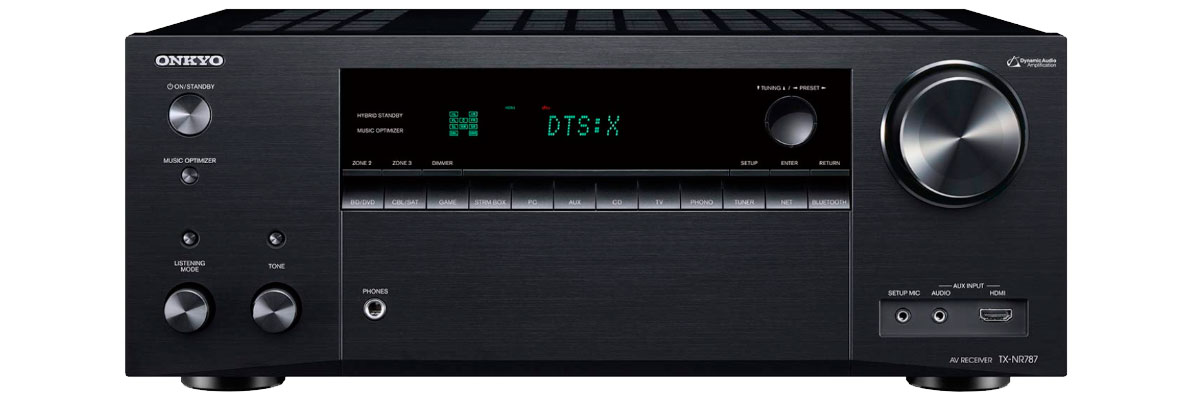
In 2018 Onkyo announced the start of sales of almost the best 4k av receiver in the United States. The 9.2-channel NR-787 AV receiver, which is certified THX Certified Select for rooms of medium size (up to 2,000 cubic feet or 57 cubic meters).
The novelty delivers 100W of power per channel to 8 ohms with a simultaneous load of 2 channels. Concerning the surround sound formats, the receiver supports DTS:X and Dolby Atmos in configurations 5.2.4 or 7.2.2. It also has the upmix functionality of Dolby Surround and DTS Neural:X. 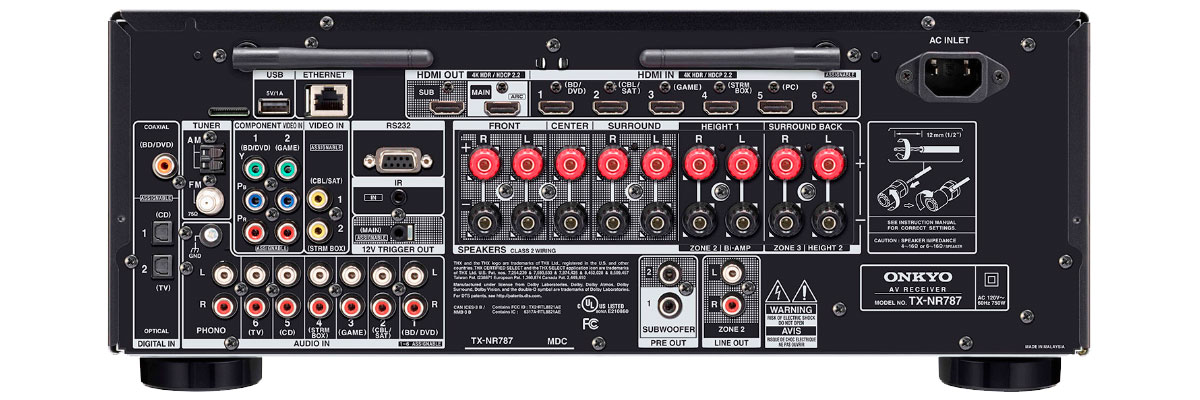
The receiver, like most modern models, works with 4K-signal in HDR (HDR10, Dolby Vision, HLG) and 60 frames per second with a color palette BT.2020, supports 24-bit video stream, space 4: 4: 4, equipped with two outputs and six HDMI inputs with support for HDCP 2.2 on the rear panel (one on the front does not support HDR). Separate DACs are provided for the second and third zones. Also, the second zone provides a linear output.
This budget 4k receiver is capable of playing music from streaming services Amazon Music, Tidal, TuneIn, Pandora, Deezer and Spotify, as well as connected via Bluetooth, AirPlay, DTS Play-Fi, FlareConnect, and Chromecast devices.
Key specs
- Channels: 9.2
- Stereo power (RMS), W/Ohm: 100/8, 220/6
- Official website
- Full specs
Pros
- It delivers beautiful sound and moves rather seamlessly from input-to-input with my universal remote
- This receiver automatically adjusts the sound for the programming you are watching to provide the best surround experience
Cons
- The disadvantage of the TX-NR787 is that this AV receiver cannot be used as a preamplifier since it does not have the analog multi-channel outputs that are usually found on 9-channel models
Under 1000
Marantz SR6012 - best 4K receiver under 1000
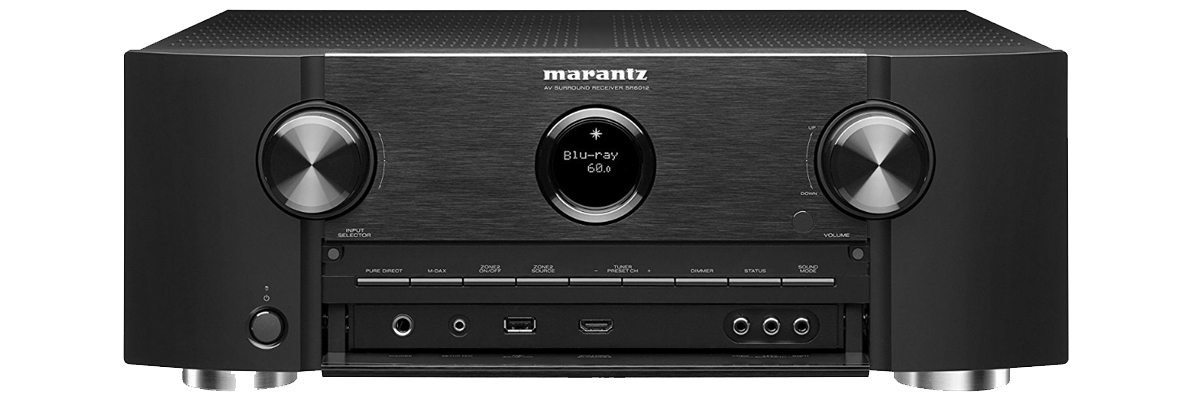
The 9.2-channel Marantz SR6012 receiver provides even more options for using object-oriented 3D sound formats DTS:X and Dolby Atmos. Thanks to 9 amplifiers, which are based on discrete HDAM modules with current feedback, 7.1.2 and 5.1.4-channel configurations are available without the use of additional amplification. The device is equipped with 11.2-channel Pre Out, which allows you to connect an additional stereo-power and build a 7.1.4-channel system. The receiver uses selected components, provides 185 W (6 Ohms) per channel, and even copes with a 4-ohm load, and there is an eco-mode for rational power consumption. 
This pretender to be the best receiver for 4k tv has eight HDMI 2.0a inputs that work with Ultra HD (60 Hz), 3D video, HDR, support HDCP 2.2 protection protocol, 4: 4: 4 Pure Color, 21: 9 video color, BT color space .2020 and other functions. At the same time, the Marantz SR6012 can scale any video to 4K resolution.
The model is equipped with a Bluetooth module, 2-band Wi-Fi, and supports AirPlay, and their two antennas ensure uninterrupted operation. A LAN or WLAN connection is used to access local network audio content, web radio, and streaming services (including Spotify Connect).
Key specs
- Channels: 9.2
- Stereo power (RMS), W/Ohm: 110/8, 150/6
- Official website
- Full specs
Pros
- Setting it up was easy, but at first, I didn't realize you are supposed to do all of the setups on the TV
- The heat issues reported in the reviews don’t seem excessive and would only come to play of placing the unit in a cabinet
- HEOS makes it easy to manage the unit for stream sources
Cons
- Needs a lot of tweaking to be optimized on a high-end system
Yamaha RX-A780
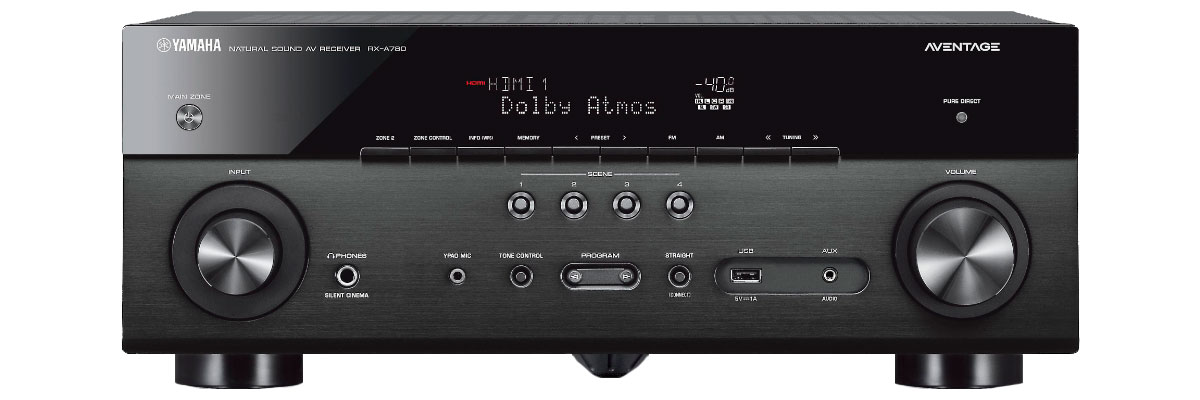
The Yamaha RX-A780 AV receiver has seven amplification channels on board and can deliver up to 95 watts of long-term power when loading two channels in the entire frequency band with minimal distortion. Let the seemingly modest power indicator not bother you - the characteristics also indicate a “commercial” measurement result at a frequency of 1 kHz with a load of one channel and large distortions. And it is already 160 watts. However, these figures have no relation to the real capabilities of the device, like similar indicators for other manufacturers. So the honor and praise of Yamaha for the fact that it gives, including real numbers. In relation to the kit under consideration, it must be said that honest 95 watts are easily enough for adequate control of all the speakers included in the system. 
In terms of processor capabilities, the model is all right - there is support for Dolby Atmos, DTS:X, as well as all previous generations of surround formats. The digital-to-analog conversion is entrusted to Texas Instruments Burr-Brown chips. Reproducible audio signals include PCM 24/192 and DSD 11.2 MHz.
The design of the Yamaha RX-A780 is quite typical for models of this price category, it is quite functional, but you will not find here hinged shutters that cover the front connectors and auxiliary controls. Everything on the front panel of the receiver is flaunted and arranged in a traditional way. Exterior finish Yamaha RX-A780 can be black or titanium in two shades. The volume control is located on the right, and above it is a direct signal button.
Key specs
- Channels: 7.2
- Stereo power (RMS), W/Ohm: 95/8, 160/4
- Official website
- Full specs
Pros
- The firmware settings screens are nicer on this model than last year's models
- The rear has every connection I should ever need in the near future
Cons
- The user interface on the system is a little tricky
Premium
Marantz SR7012 - best Hi-End 4K receiver
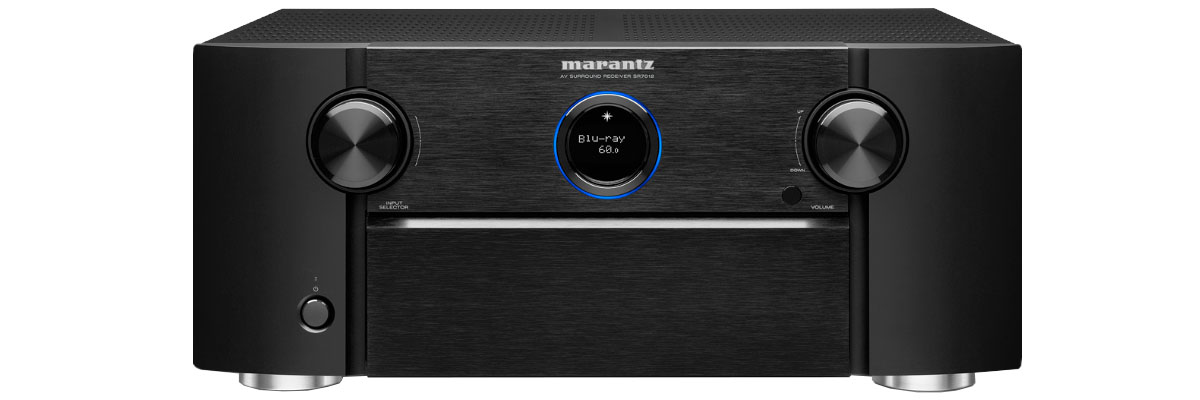
The 9.2-channel Marantz SR7012 model understands modern three-dimensional sound formats such as DTS: X, Dolby Atmos, and Auro-3D. The new firmware will open access to the DTS Virtual: X format, which allows you to get 3D sound in any configuration, even when using only two channels. When using an AV receiver with soundtracks recorded in Dolby Atmos, you can use the 7.1.2- or 5.1.4-channel system without additional amplifiers, or the 7.1.4-channel set, supplemented by a stereo amplifier.
The AV receiver works with 4K resolution and can even scale the analog video to Ultra HD. The device has developed functional capabilities and provides excellent sound quality, both when watching movies and when listening to music. The circuits use high-quality components, as well as proprietary discrete HDAM amplification modules with current feedback. In this case, the model is capable of delivering a power of 200 W (6 Ohms) per channel. Each channel has a 32-bit AKM DAC, which guarantees optimum accuracy and wide dynamic range. 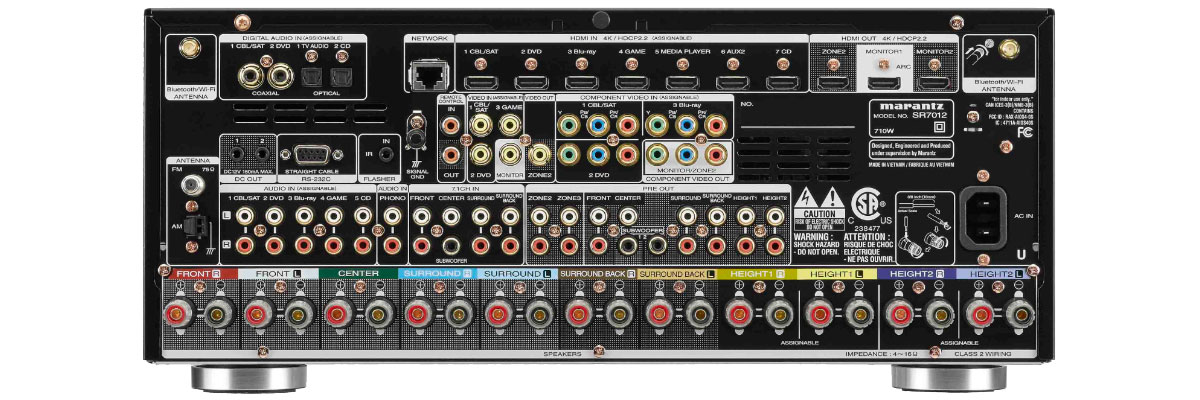
The device received eight HDMI inputs (one integrated into the front panel) supporting 4K (60 Hz), HDCP 2.2, Dolby Vision, HDR video, and HLG (HDR for TV broadcasts). There are three HDMI outputs, one of which, after updating the software, will be able to work with the extended eARC return channel, allowing Dolby Atmos and other similar formats to be transmitted. In terms of switching, you can distinguish 7.1-channel input, 11.2-channel Pre Out, phono input, and a set of S / PDIF inputs. Eleven pairs of color-coded screw terminals are provided for connecting speakers.
Key specs
- Channels: 7.2
- Stereo power (RMS), W/Ohm: 90/8, 150/4
- Official website
- Full specs
Pros
- Because of the modern, user-friendly UI and system setup, I was able to have it up and running and calibrated pretty quickly
- Speaking of remotes, the included remote is well laid out and has on-demand backlighting which is very welcome
Cons
- Only one of the two HDMI outputs will work at a time
-
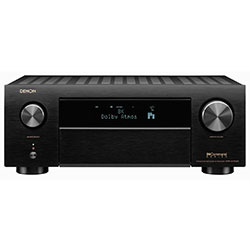
Denon AVR-X4700H
- Denon
- | 1700
- 226
-
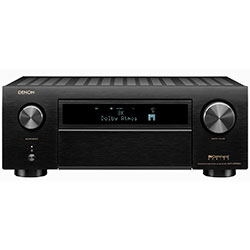
Denon AVR-X6700H
- Denon
- | 2500
- 130
-

Denon AVR-X6500H
- Denon
- | 2200
- 117
-
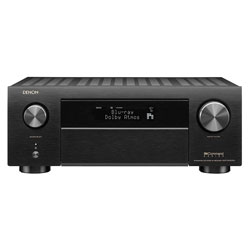
Denon AVR-X4500H
- Denon
- | 1600
- 194
-
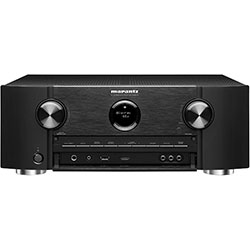
Marantz SR6014
- Marantz
- | 1500
- 30
-

Denon AVR-X8500HSP
- Denon
- | 4000
- 6
-
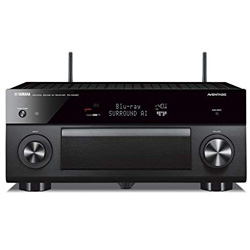
Yamaha AVENTAGE RX-A2080
- Yamaha
- | 1600
- 58
-
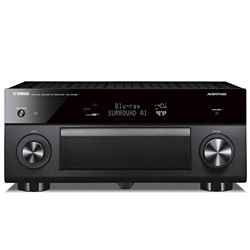
Yamaha AVENTAGE RX-A3080
- Yamaha
- | 2000
- 72
-

Marantz SR8012
- Marantz
- | 3000
- 24
-
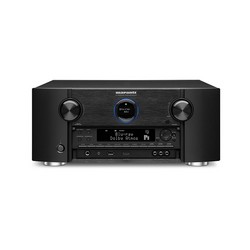
Marantz SR7012
- Marantz
- | 1600
- 60
-
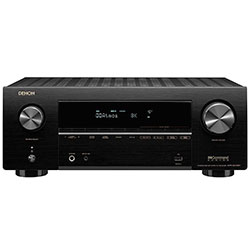
Denon AVR-X2700H
- Denon
- | 900
- 40
-

Denon AVR-X3700H
- Denon
- | 1200
- 250
-

Pioneer Elite SC-LX704
- Pioneer
- | 1800
- 5
-
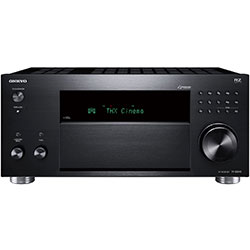
Onkyo TX-RZ840
- Onkyo
- | 1000
- 39
-
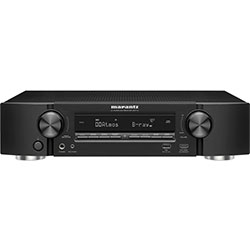
Marantz NR1710
- Marantz
- | 800
- 34
-
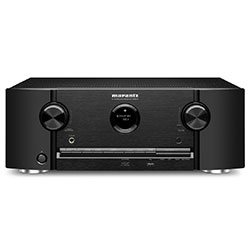
Marantz SR5014
- Marantz
- | 1000
- 22
-
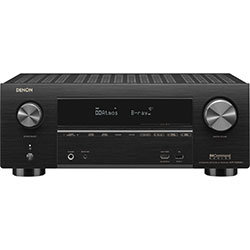
Denon AVR-X3600H
- Denon
- | 1100
- 213
-
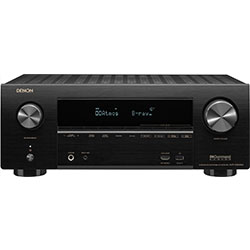
Denon AVR-X2600H
- Denon
- | 800
- 123
-
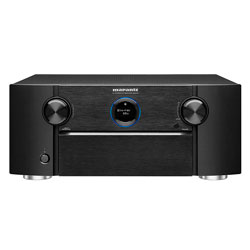
Marantz SR7013
- Marantz
- | 1600
- 10
-
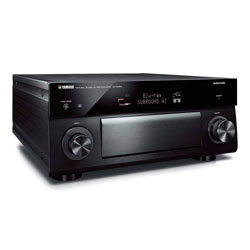
Yamaha CX-A5200
- Yamaha
- | 2700
- 18
-
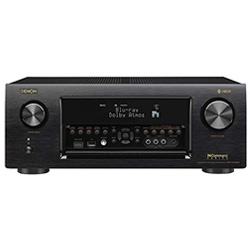
Denon AVR-X4400H
- Denon
- | 1200
- 147
-
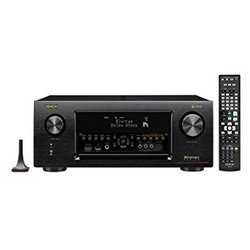
Denon AVRX4400H
- Denon
- | 1200
- 147
-
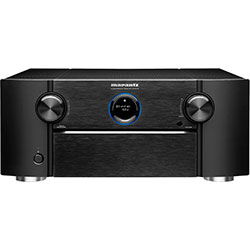
Marantz SR7015
- Marantz
- | 2300
- 4
-
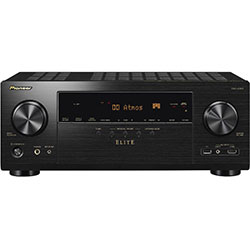
Pioneer Elite VSX-LX304
- Pioneer
- | 800
- 12
-
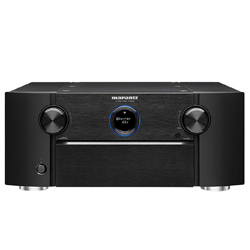
Marantz AV8805
- Marantz
- | 4500
- 10
-
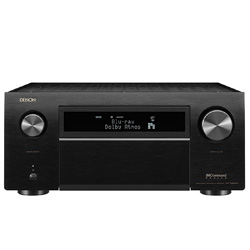
Denon AVR-X8500H
- Denon
- | 4000
- 16
-
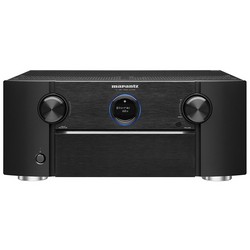
Marantz AV7703
- Marantz
- | 1800
- 28
-
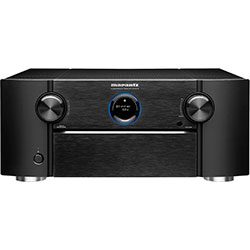
Marantz SR8015
- Marantz
- | 3200
- 3
-

Denon AVR-S970H
- Denon
- | 900
-
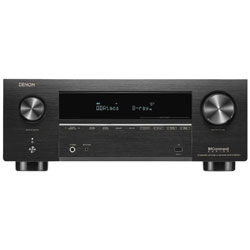
Denon AVR-X3800H
- Denon
- | 1700
-
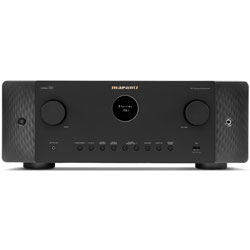
Marantz CINEMA 60
- Marantz
- | 1700
-

Marantz CINEMA 50
- Marantz
- | 2500
-

Marantz CINEMA 40
- Marantz
- | 3500
-
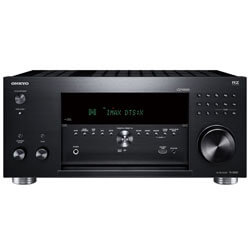
Onkyo TX-RZ50
- Onkyo
- | 1600
-
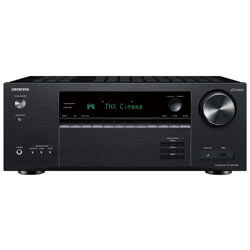
Onkyo TX-NR6100
- Onkyo
- | 800
-
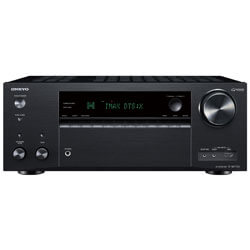
Onkyo TX-NR7100
- Onkyo
- | 1300
-
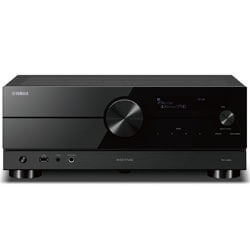
Yamaha RX-A2A
- Yamaha
- | 1000
-
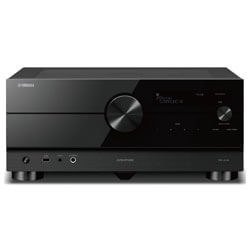
Yamaha RX-A4A
- Yamaha
- | 1300
-
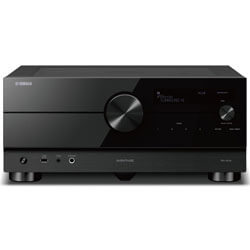
Yamaha RX-A6A
- Yamaha
- | 2300
-
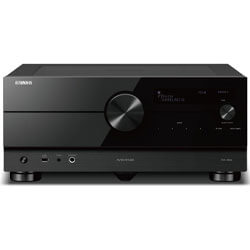
Yamaha RX-A8A
- Yamaha
- | 3000
-

Pioneer Elite VSX-LX105
- Pioneer
- | 900
-
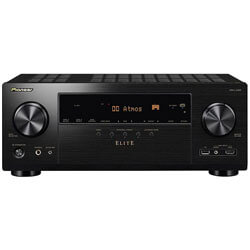
Pioneer Elite VSX-LX305
- Pioneer
- | 1400
-
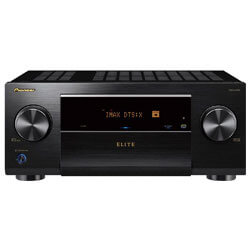
Pioneer Elite VSX-LX505
- Pioneer
- | 1700
-

Marantz SR5015
- Marantz
- | 1500
-
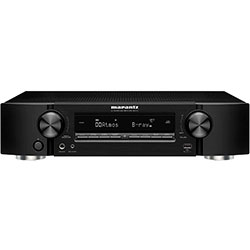
Marantz NR1711
- Marantz
- | 800
-
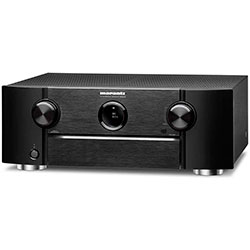
Marantz SR6015
- Marantz
- | 1600
-
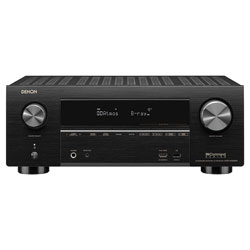
Denon AVR-X3500H
- Denon
- 333
-
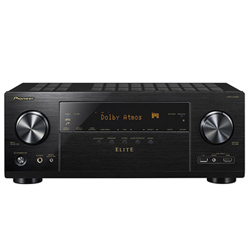
Pioneer VSX-LX303
- Pioneer
- 356
-
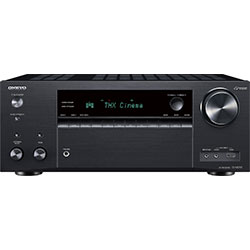
Onkyo TX-NR797
- Onkyo
- 35
-

Yamaha RX-A780
- Yamaha
- 124
-
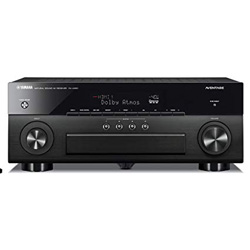
Yamaha RX-A880
- Yamaha
- 80
-

Pioneer VSX-LX503
- Pioneer
- 171
-
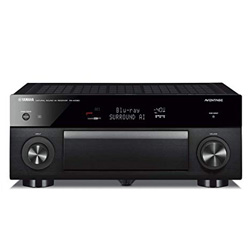
Yamaha AVENTAGE RX-A1080
- Yamaha
- 95
-
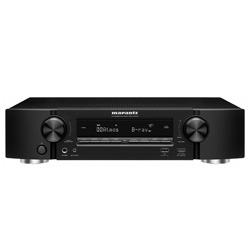
Marantz NR1609
- Marantz
- 105
-
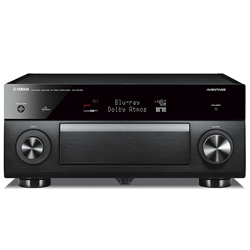
Yamaha CX-A5100
- Yamaha
- 23
-

Denon AVR-X6400H
- Denon
- 61
-
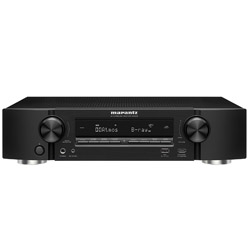
Marantz NR1608
- Marantz
- 80
-
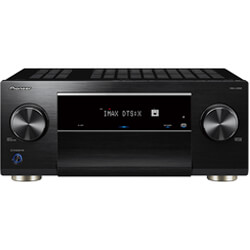
Pioneer VSX-LX505
- Pioneer
-
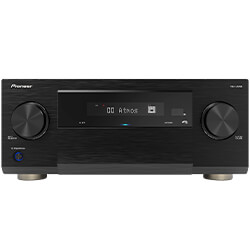
Pioneer VSA-LX805
- Pioneer
-

Onkyo TX-RZ70
- Onkyo
-
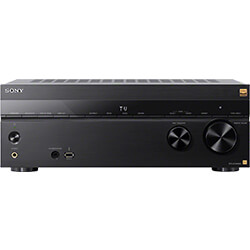
Sony STR-AZ1000ES
- Sony
-
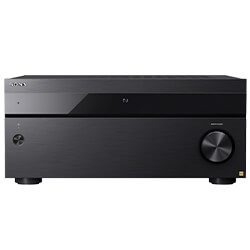
Sony STR-AZ3000ES
- Sony
-
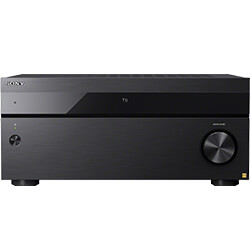
Sony STR-AZ5000ES
- Sony
-
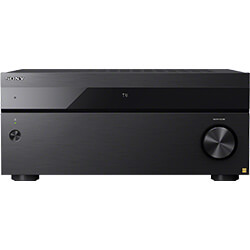
Sony STR-AZ7000ES
- Sony
-
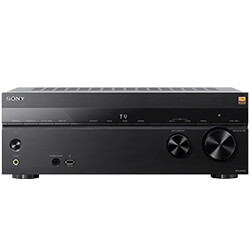
Sony STR-AN1000
- Sony
-
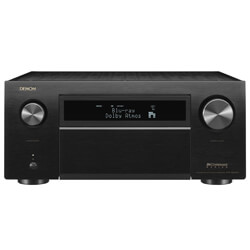
Denon AVR-X8500HA
- Denon
-

Pioneer VSX-LX504
- Pioneer
- 10
-
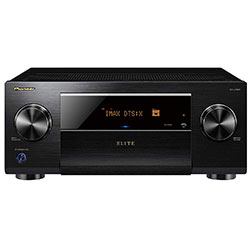
Pioneer Elite SC-LX904
- Pioneer
- 12
-
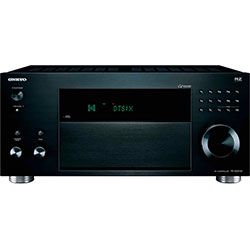
Onkyo PR-RZ5100
- Onkyo
- 14
-

Onkyo TX-RZ740
- Onkyo
- 8
-
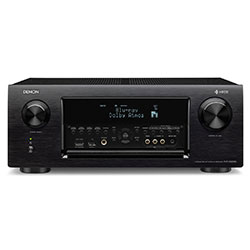
Denon AVRX6300H
- Denon
- 32
-
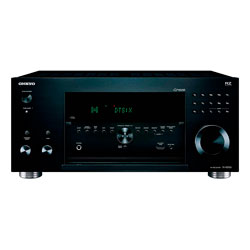
Onkyo TX-RZ920
- Onkyo
- 26
-
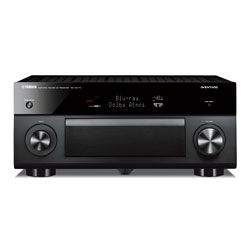
Yamaha RX-A2070
- Yamaha
- 37
-
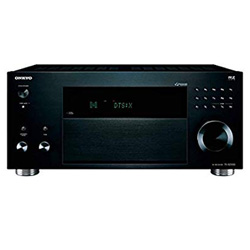
Onkyo TX-RZ3100
- Onkyo
- 20
-
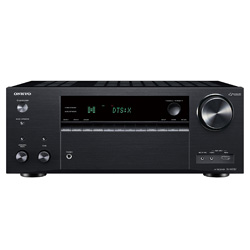
Onkyo TX-NR787
- Onkyo
- 93
-
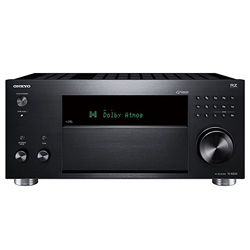
Onkyo TX-RZ830
- Onkyo
- 128
-
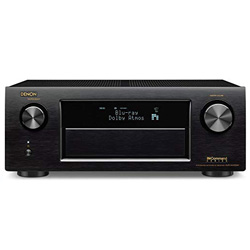
Denon AVR-X4100W
- Denon
- 54
-
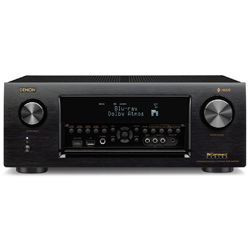
Denon AVRX4300H
- Denon
- 138
-
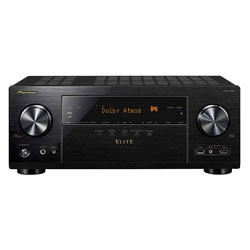
Pioneer VSX-LX301
- Pioneer
- 97
-
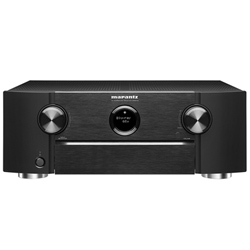
Marantz SR6012
- Marantz
- 34
-
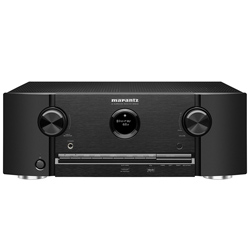
Marantz SR5012
- Marantz
- 48
-
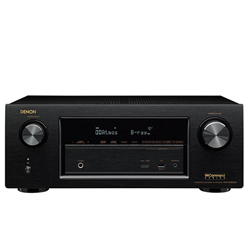
Denon AVR-X3200W
- Denon
- 98
-
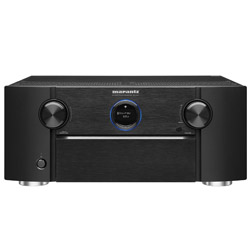
Marantz SR7011
- Marantz
- 51
-
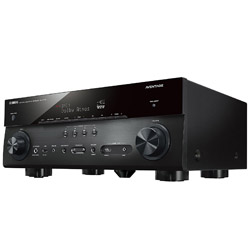
Yamaha RX-A770BL
- Yamaha
- 48
-
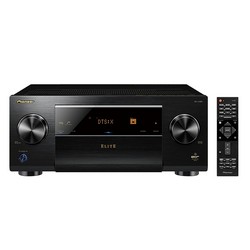
Pioneer SC-LX901
- Pioneer
- 90
-
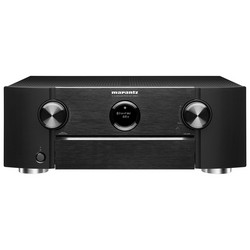
Marantz SR6011
- Marantz
- 28
-
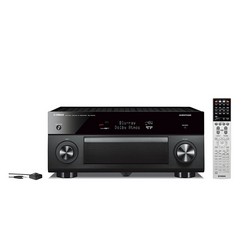
Yamaha RX-A3070BL
- Yamaha
- 53
-
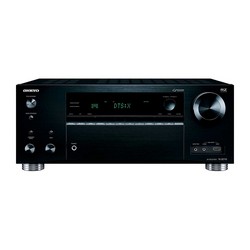
Pioneer SC-LX801
- Pioneer
- 110
-
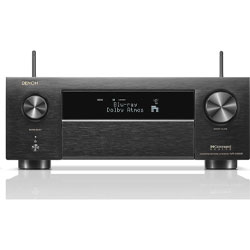 OLD MODEL
OLD MODELDenon AVR-X4800H
- Denon
-
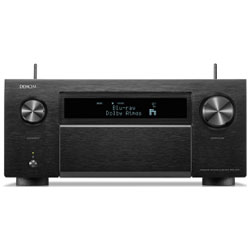 OLD MODEL
OLD MODELDenon AVR-A1H
- Denon
-
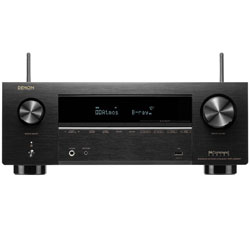 OLD MODEL
OLD MODELDenon AVR-X2800H
- Denon
-
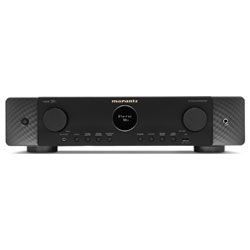 OLD MODEL
OLD MODELMarantz CINEMA 70s
- Marantz
-
 OLD MODEL
OLD MODELMarantz SR5013
- Marantz
- 9
-
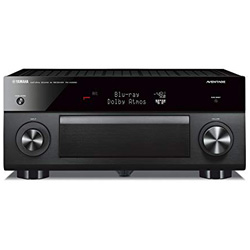 OLD MODEL
OLD MODELYamaha RX-A3060BL
- Yamaha
- 737
-
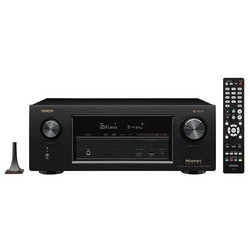 OLD MODEL
OLD MODELDenon AVR-X3400H
- Denon
- 78
-
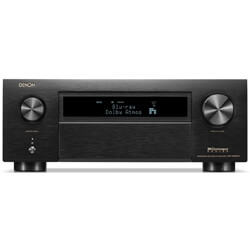 OLD MODEL
OLD MODELDenon AVR-X6800H
- Denon
-
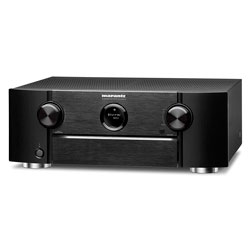 OLD MODEL
OLD MODELMarantz SR6013
- Marantz
- 11
-
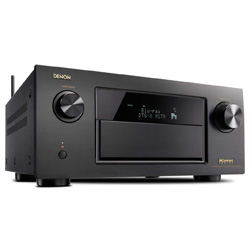 OLD MODEL
OLD MODELDenon AVR-X7200WA
- Denon
- 33
-
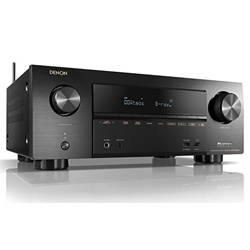 OLD MODEL
OLD MODELDenon AVR-X2500H
- Denon
- 7
-
 OLD MODEL
OLD MODELPioneer SC-LX502
- Pioneer
- 13
-
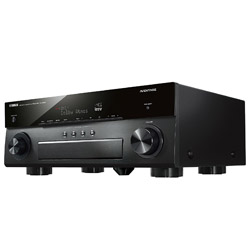 OLD MODEL
OLD MODELYamaha RX-A870BL
- Yamaha
- 32
-
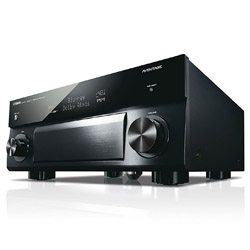 OLD MODEL
OLD MODELYamaha RX-A1070BL
- Yamaha
- 40
-
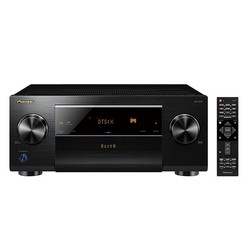 OLD MODEL
OLD MODELPioneer SC-LX701
- Pioneer
- 98
-
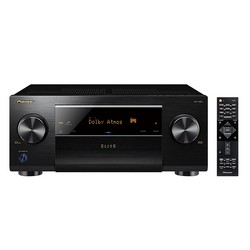 OLD MODEL
OLD MODELPioneer SC-LX501
- Pioneer
- 97
-
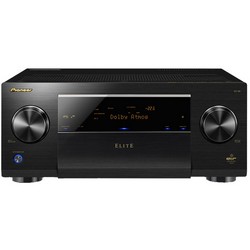 OLD MODEL
OLD MODELPioneer Elite SC-99
- Pioneer
- 14
-
 OLD MODEL
OLD MODELPioneer Elite SC-87
- Pioneer
- 67
-
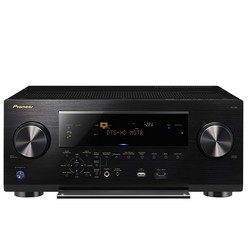 OLD MODEL
OLD MODELPioneer Elite SC-85
- Pioneer
- 67
-
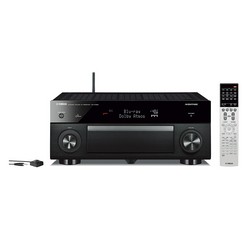 OLD MODEL
OLD MODELYamaha RX-A1050
- Yamaha
- 58
-
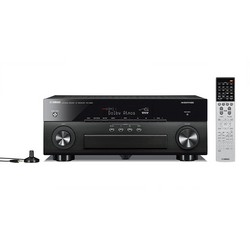 OLD MODEL
OLD MODELYamaha RX-A860BL
- Yamaha
- 32
-
 OLD MODEL
OLD MODELYamaha RX-A2060
- Yamaha
- 35
Popular receiver comparisons
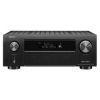
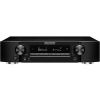
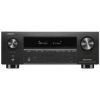
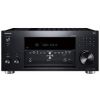

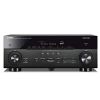
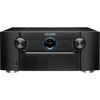
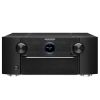
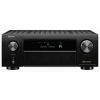
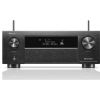
Recent reviews
